Question: Aphrodite/Venus and Helen of Troy are often depicted as blonde in more modern media, but I was wondering what the standards of feminine beauty might have been like at that time, and how the Ancient Greeks and Romans might have depicted them in the art of the time and how you might have chosen to depict them in your own games.
Ooh, art appreciation post! The most famous beauties of the Greek epics are indeed mysteriously blonde in a lot of modern art, aren't they? Just look at 'em:
It's become a cultural stereotype of both of them, at least in a lot of the West. Even actresses that portray them in movies turn up blonde. But ancient Greek and Roman artwork of them, not surprisingly, depicts a couple of ladies who look, well... more Mediterranean.
Weird, right? Where did all these blondes come from, when the few color images we still have of ancient Aphrodite and Helen are all clearly rocking the brunette look?
Well, I'd like to lay some of the blame on Botticelli.
We've all seen his version of the Birth of Venus; it's an iconic and classic piece of Renaissance art and the very first version of Aphrodite that a lot of people see. His Aphrodite is gloriously golden-haired and cream-skinned, and that's an image that a lot of us immediately internalize as What Aphrodite Looks Like.
But let's not point all of our fingers at Botticelli - this is actually a group effort. The big renaissance of Greek and Roman art and myth was during, well, the Renaissance. Huge quantities of art on the subject of the ancient myths was produced by a veritable army of artists, and because it was a time of cultural and artistic revolution, a great deal of that art has become enshrined as among the best ever produced, subsequently copied, built upon and used as a foundation for generations of artists afterward. Ideals of beauty had changed substantially in the pile of centuries since Aphrodite's heyday in ancient Greece and Rome, and as a result, the images of her changed as well; the Renaissance ideal of beauty was pale, soft-skinned and golden-haired, and therefore the majority of art regarding the two famous beauties of time gone by also sports blonde crowns.
It's a commonly accepted theory that Homer neglects to ever truly describe Helen or Aphrodite because doing so would detract from their beauty - as soon as he says, "Oh, she has blue eyes/thin wrists/is 5'10", that would open the door for someone to say, "Hey, that's not the most beautiful woman in existence, I like brown eyes/I think thin wrists are gross/tall women aren't my thing!" By leaving them mostly undescribed, he allows the audience of his stories to imagine a Helen or Aphrodite who is their own personal standard of beauty; that is, the only way to be absolutely sure that they know she's the most beautiful is to give them and them alone the power to define that beauty. Artwork of the two of them shows a generic-looking Greek woman, because for the artist to comment on exactly how Helen is beautiful or Aphrodite is irresistible would actually diminish that irresistible beauty in the eyes of some other person.
Kind of a brain-twister, right? Aphrodite and Helen are so beautiful that it is literally impossible to describe specific facets of their beauty. Now project that forward: we know that ancient Greeks probably conceived of both ladies as looking like super-hot Greek women, but because the concepts of beauty are universal and subjective, everyone after has changed what that idealized image must look like. Artwork of Aphrodite became heavierset and more generous in the hips and breasts during the Romantic period of painting because that had become a popular image of beauty, and now, in the modern age, popular conceptions of blondeness and slenderness as an ideal of beauty lead naturally to a lot of images of a blonde, slender Aphrodite.
So: how do you describe the indescribable for Scion games? Helen has never appeared in our games, but the PCs have encountered Aphrodite and were appropriately blown away by her. Honestly, we take our cue from those good old poets of yore; we don't give specific details about what she looks like, saying instead that she is stunningly beautiful, impossibly seductive, intoxicatingly fragrant and so on. And wouldn't you know it, none of our players have ever even noticed that we didn't tell them what color her hair or eyes were - they automatically filled in the blanks with their own personal idea of what she looks like. Her ancient cult of absolute power over the subjective nature of beauty did all our work for us. Aphrodite looks exactly like you imagine her, and also exactly like the person next to you imagines her. She is everything you find attractive and nothing that you don't.
But if you really do like describing exactly what gods and goddesses look like and aren't satisfied just heaping adverbs on them, this is one of our favorite modern artist interpretations of Aphrodite: simple, but a great example of both classical Greek features and obviously modern western ideals of sexiness.

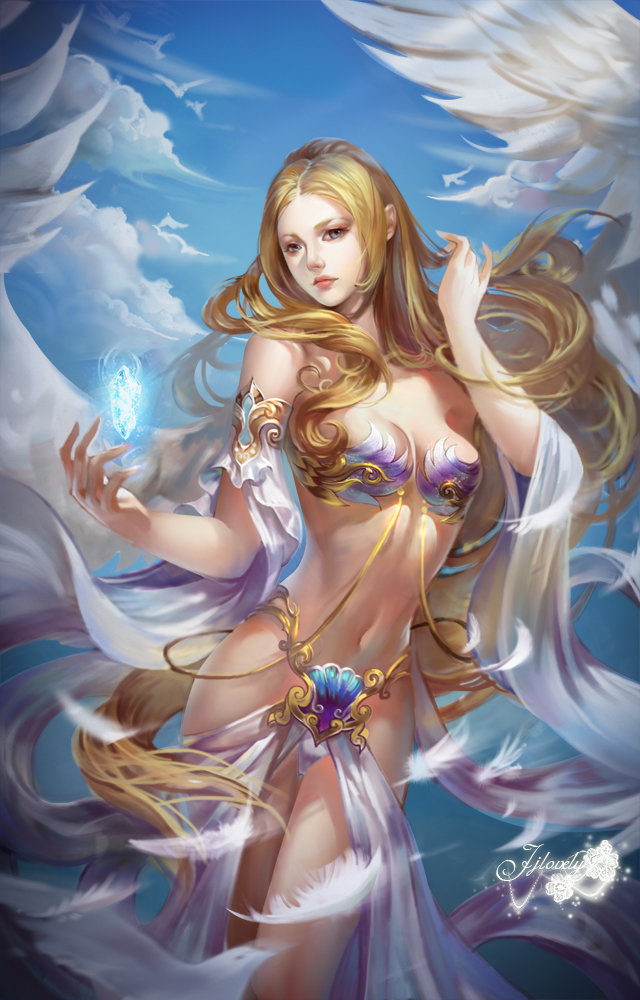
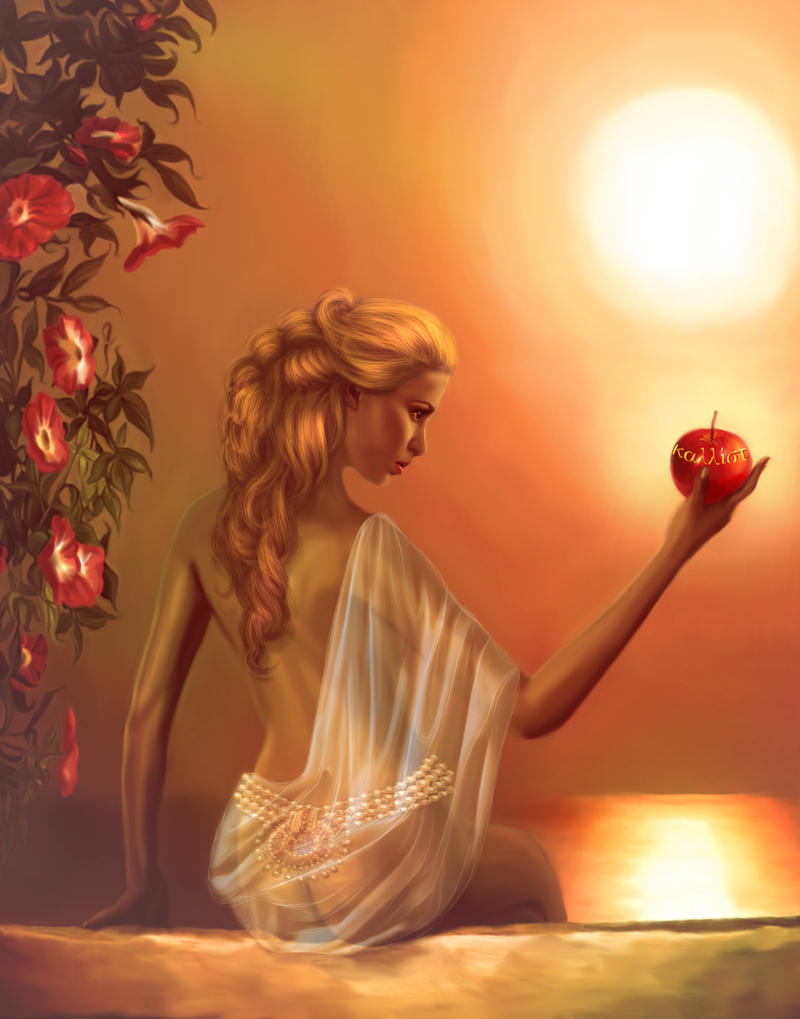
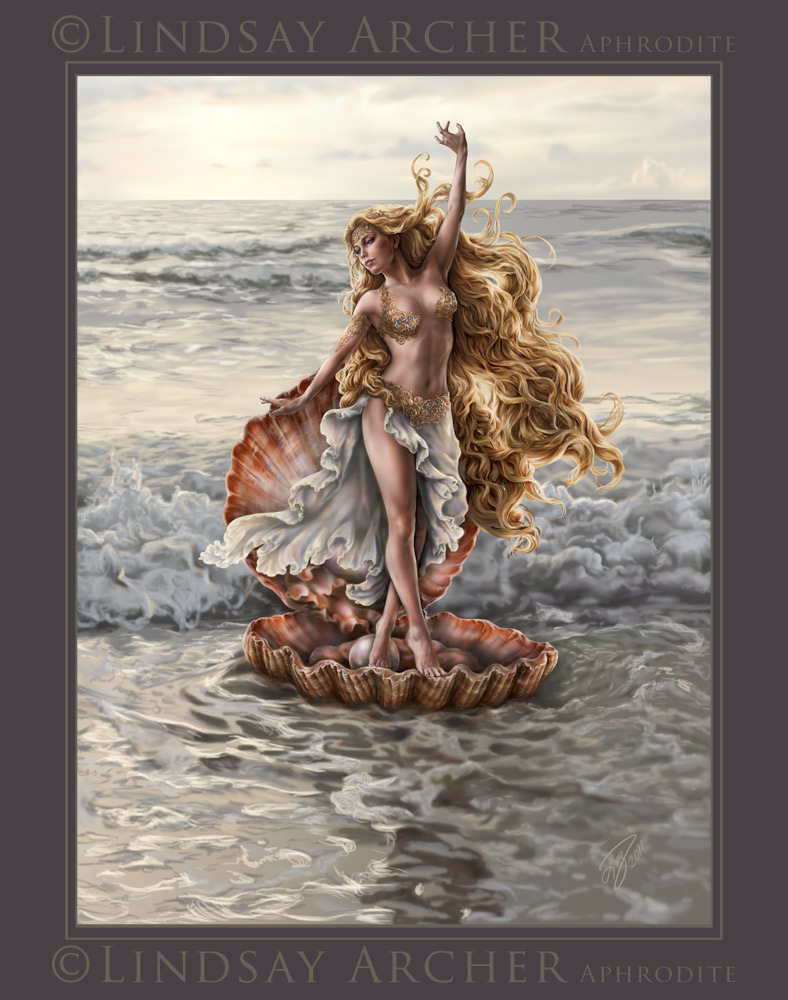

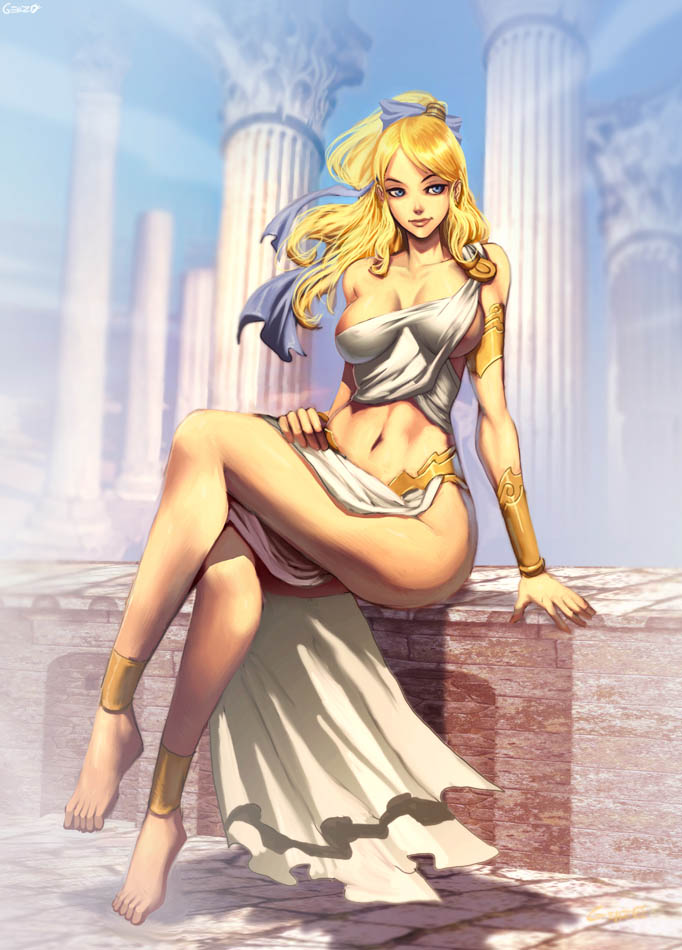
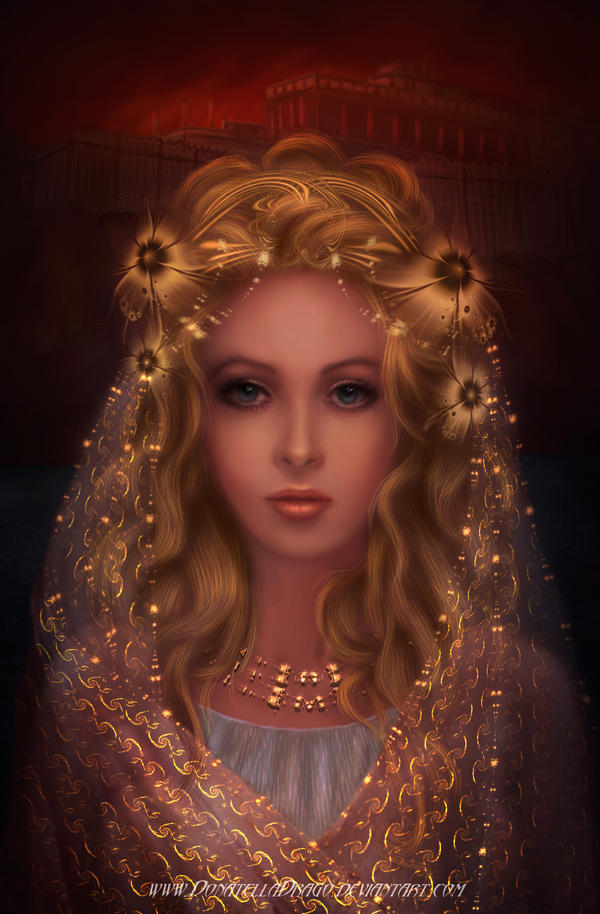

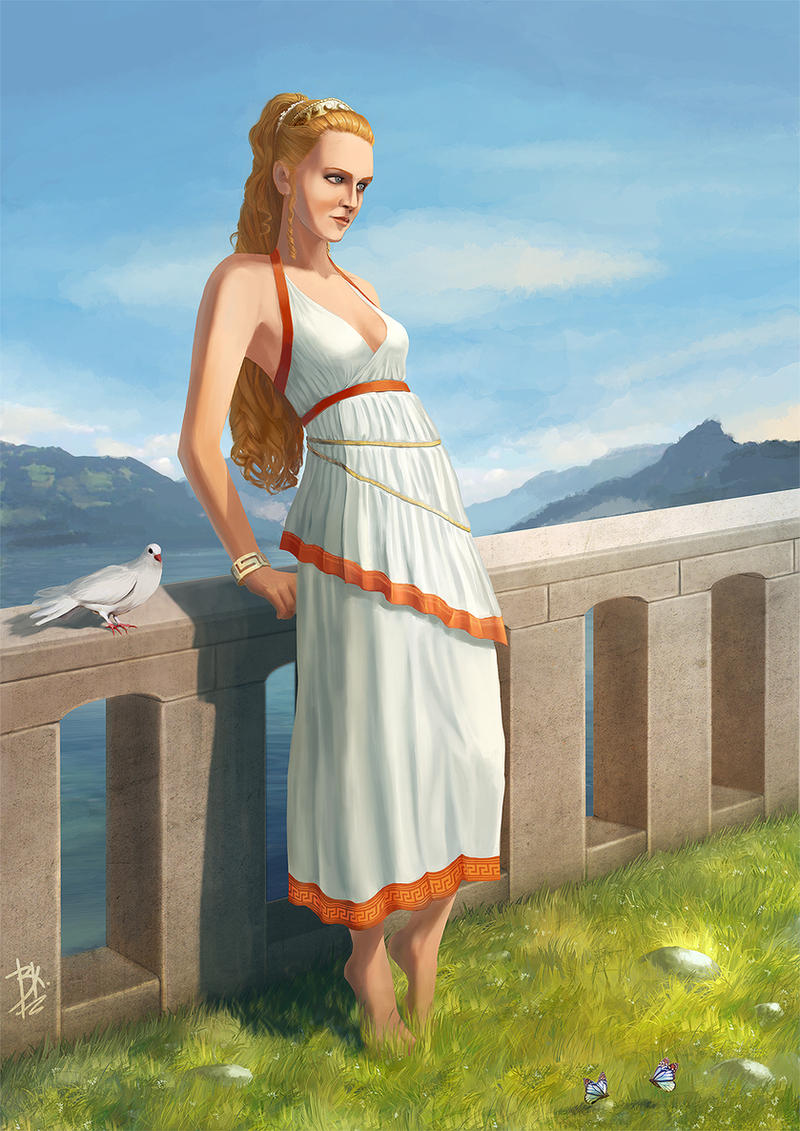


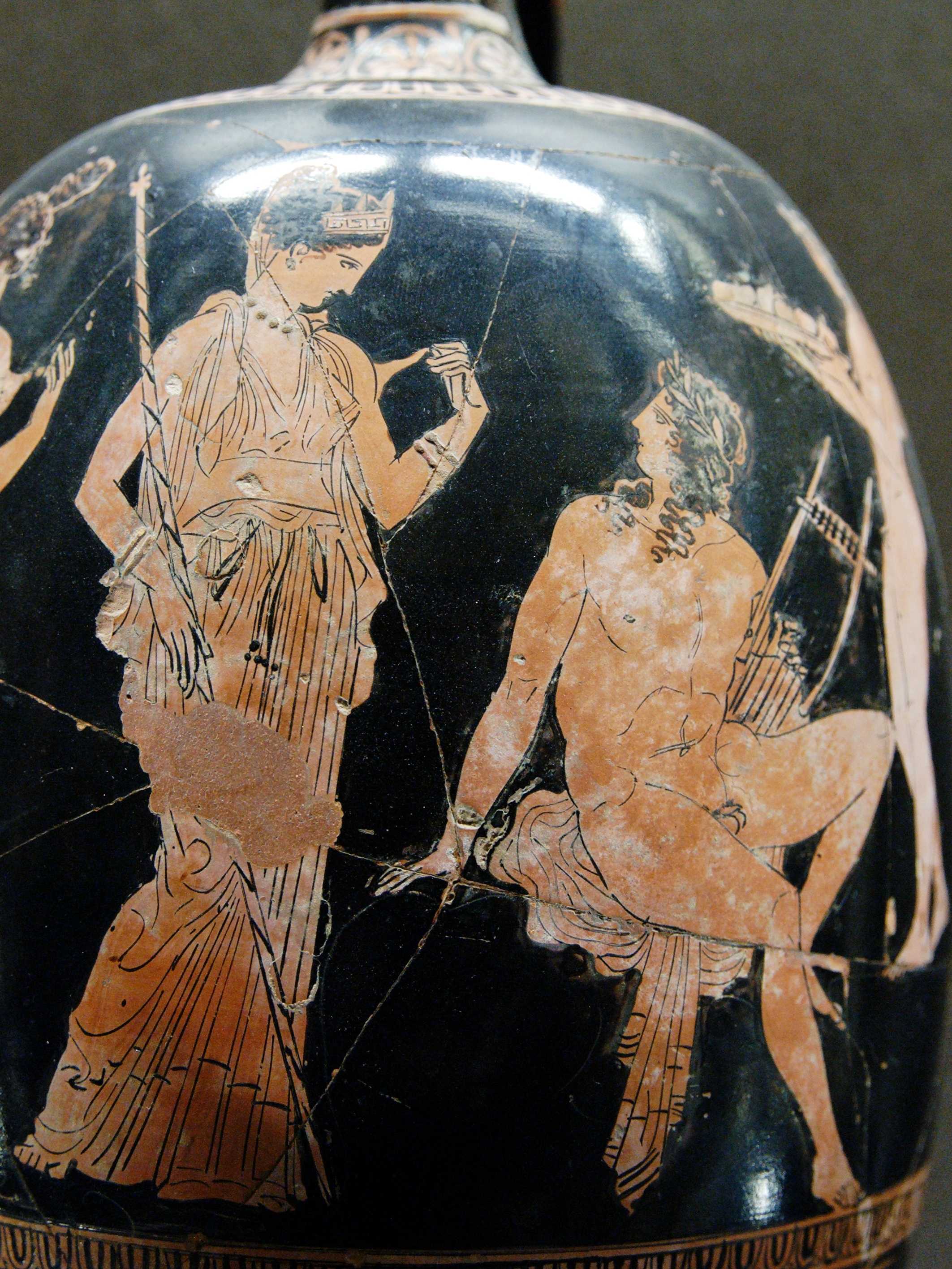

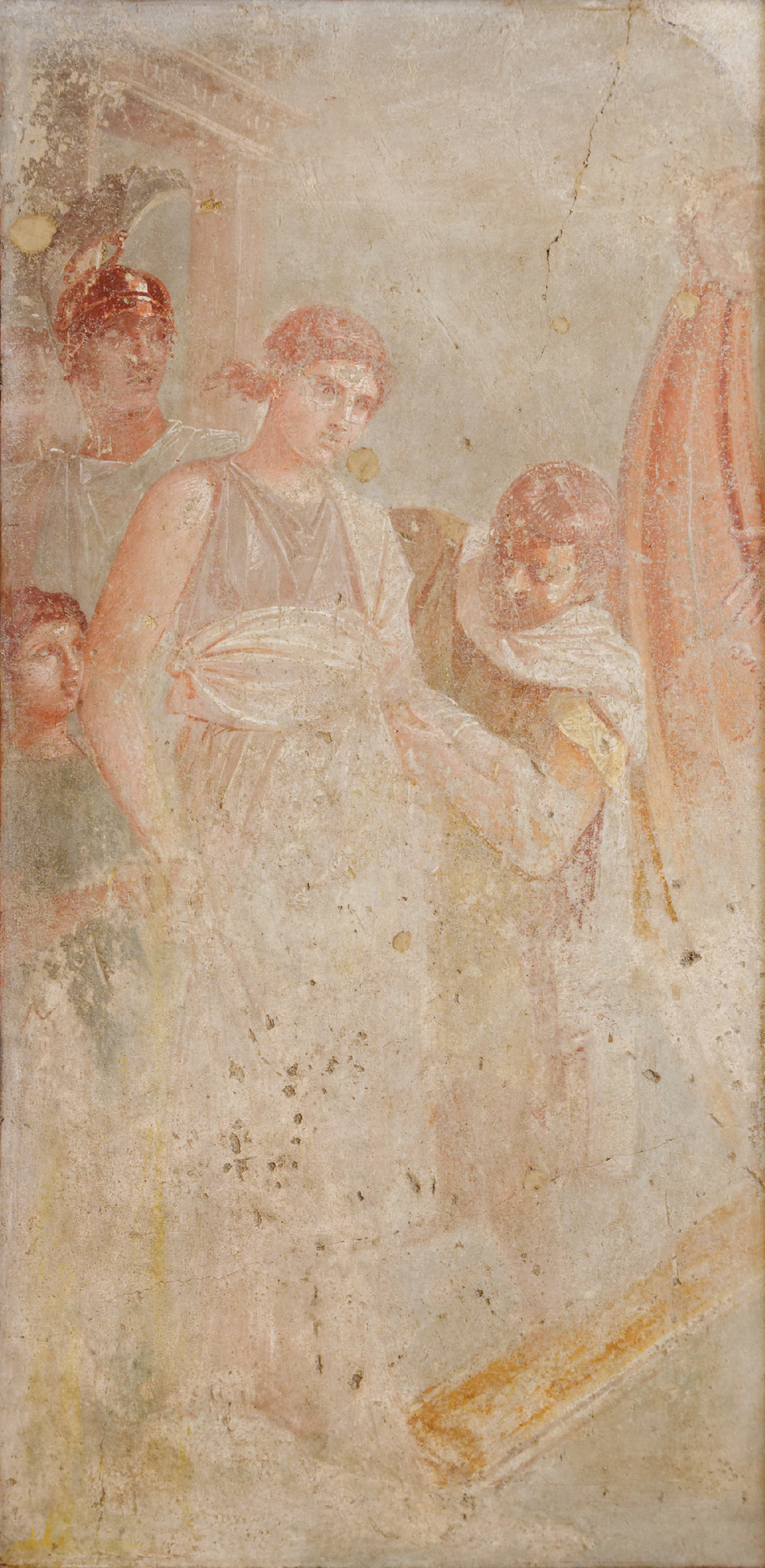
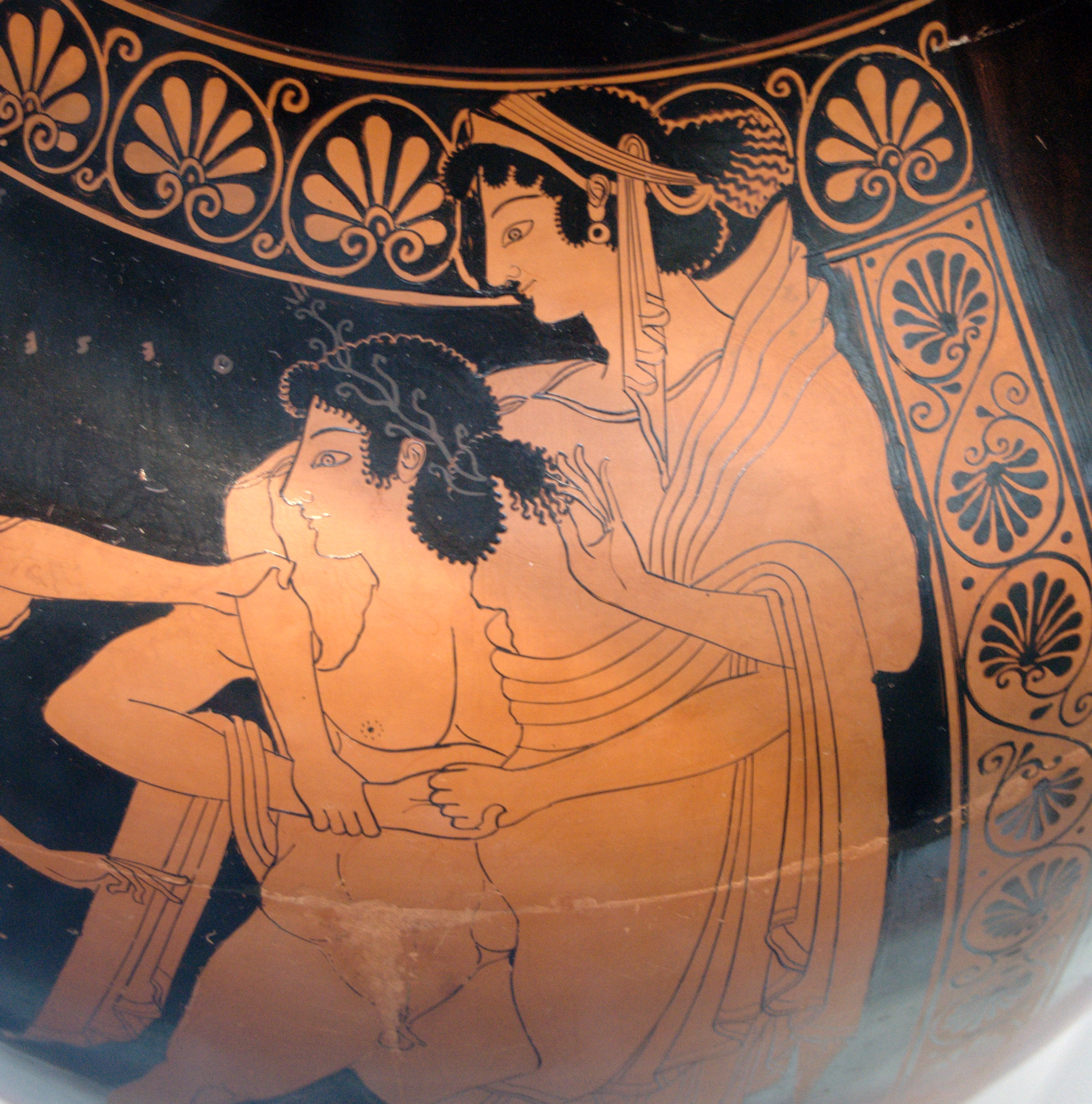
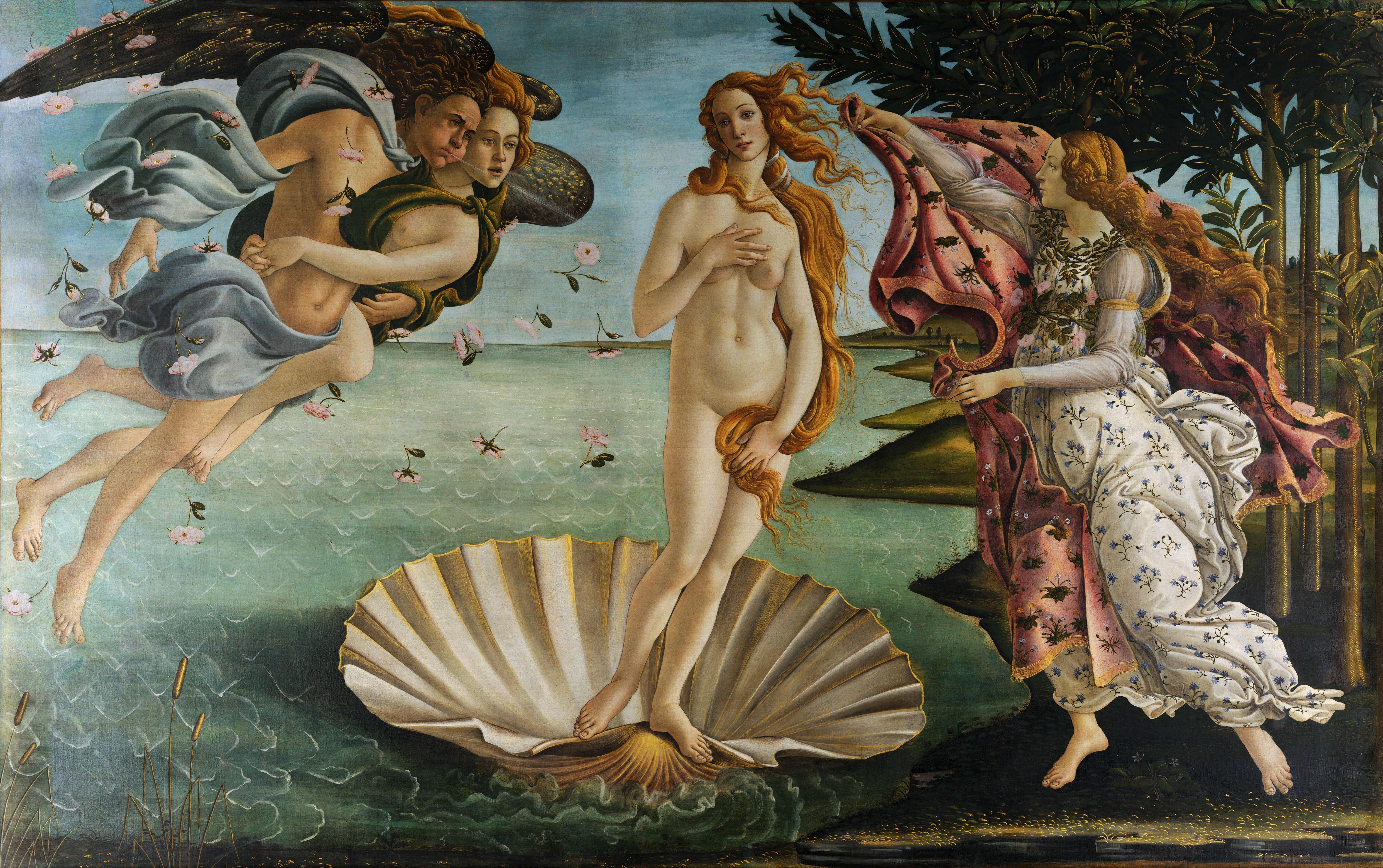

Yay, a question on a subject that even I know about and I have to agree with the answer on this. I also like to believe that since there have never been a real nitty gritty description of Aphrodite, that she doesn't have any true form. I almost want to say that the way she was created from her beauty, cause every ideal of a god has to come from some where, that it wasn't one person. In each person, we have an idealized version of who we would want to be our significant other. Since we all have this idea on things, no two people are going to be the same. The other thing is, the Greeks liked to travel and discover things, meeting new cultures and people that look differently. By having her be non-descript, you could technically incorporate that she could of been of foreign descent in her looks if the person wanted their lover to be so.
ReplyDeleteTo summarize, I think she was made from the internal want to have the perfect spouse or lover and that she is it incarnate. So that when people looked upon her, they would see what they truly want and so then she could be the loveliest woman to all. Except to the ones that spurned her love and then she becomes a murdering psychopath hell bent on revenge for not taking her offer.
All super excellent points. :) And speaking of exotic looks, John pointed out after I posted this that modern adaptations may sometimes show these ladies as blonde because it makes them stand out more strikingly when compared to Greek or Roman figures around them.
DeleteYeah, that is a possibility, but I think it wasn't to make her seem different from the fellow greek gods. I think it started in the Roman era that the color began to vary, with it also bringing changes to the way the religion worked. We can see in some of the work, that the color schemes haves changed, even if slightly. I forget which Fresco it was during Ancient Rome, but it showed Venus with a darker color hair, which is normal, but then also had Eros with a very light, getting to blonde type of hair. Which is only a few small leaps to full blonde, which would of been around in Ancient Rome, due to all the trading and such, but not as common as the Mediterraneans we see now.
DeleteBut still, I'll stand by my point that Aphrodite has no 'true' form, she is the desires of people personified in looks so the person will always see what they want and nothing else. And to some, that can be the true meaning of beauty.
Lol, I hope there is more art questions later down the road. I actually enjoy it when I have something to contribute from my side of the fence, lol. If you want a real twister of a brain, look at Middle Eastern art with all of the flourishes, then look at Celtic and Viking art. You'll see why I say so if you do, its kind of obvious with the animals. And if you feel gutsy, tell me which came first. lol.
Thanks for the great post!
ReplyDeleteGreat answers to the question.
One quick aside: the fourth blonde "Aphrodite" is actually J Scott Campbell's interpretation of Rapunzel for one of his fairy tale/disney cheesecake calendars. Though I can see why someone might use it as a picture of Aphrodite for their game or whatnot!
Oh, man, thank you! I just did a quick Google image search for Aphrodite and she came up. Someone else must have been using her for Aphrodite for something. :)
DeleteI've read Aphrodite decribed as "golden" in some poetry(looking this phrase up on the Perseus Digital Library yielded citations in Hesiod and Homer), so this could be interpreted as her being blond, although that was probably not the original connotation.
ReplyDeletePersonally, I prefer to avoid the interpretation that beautiful goddesses fit the ideals of the viewer, since this would make them all identical. Instead, I think the force of their Epic Appearance should override the preferrances of the viewer.